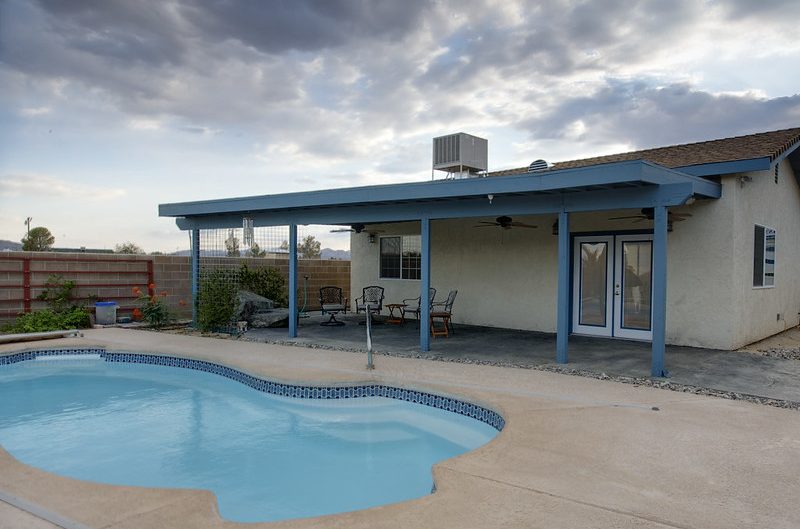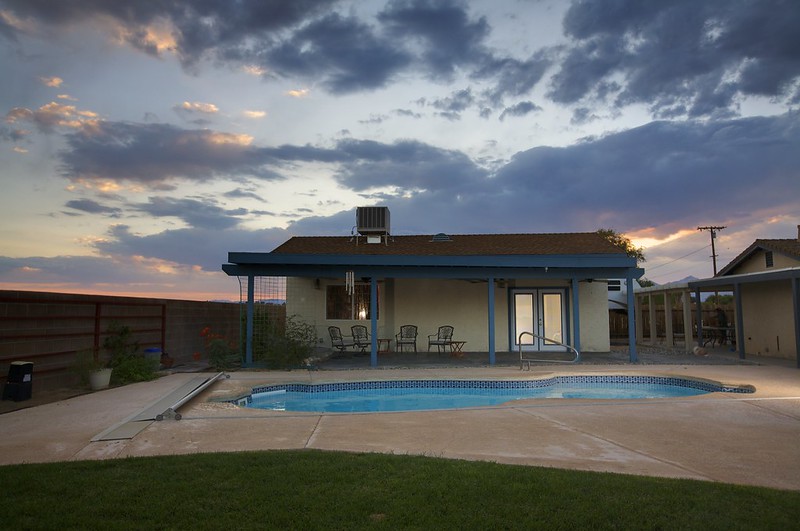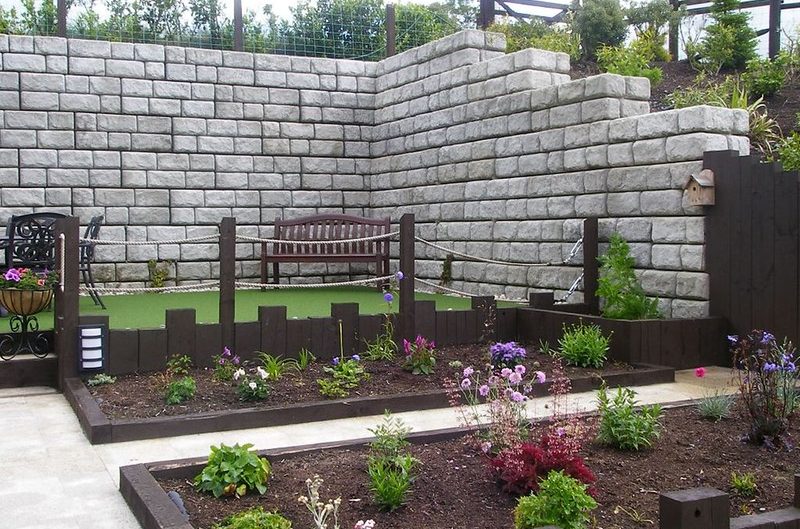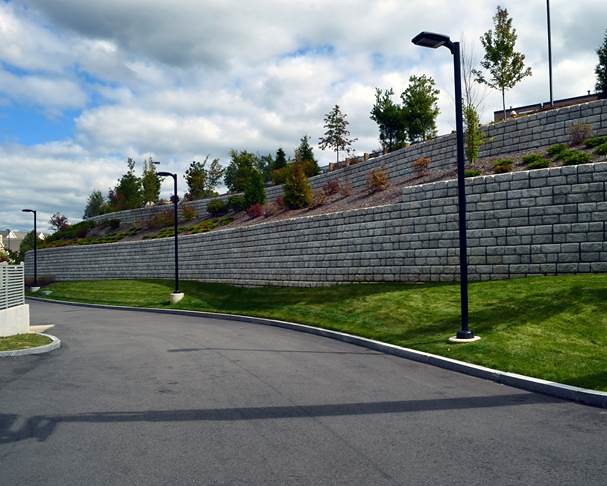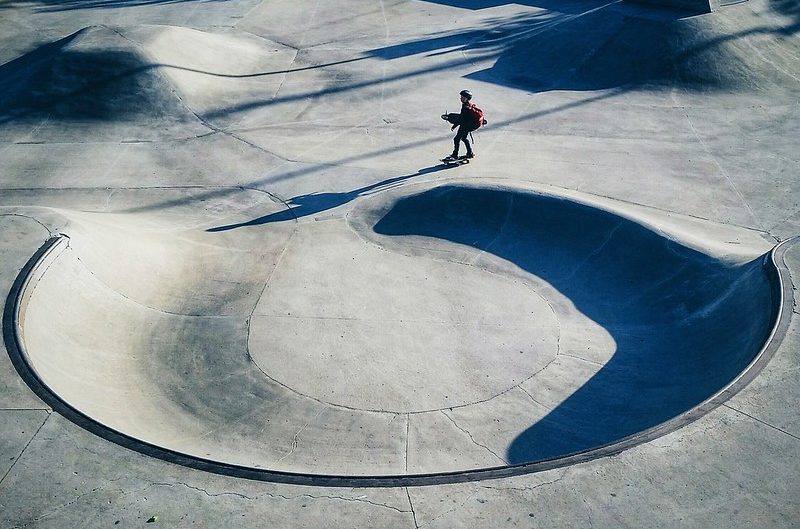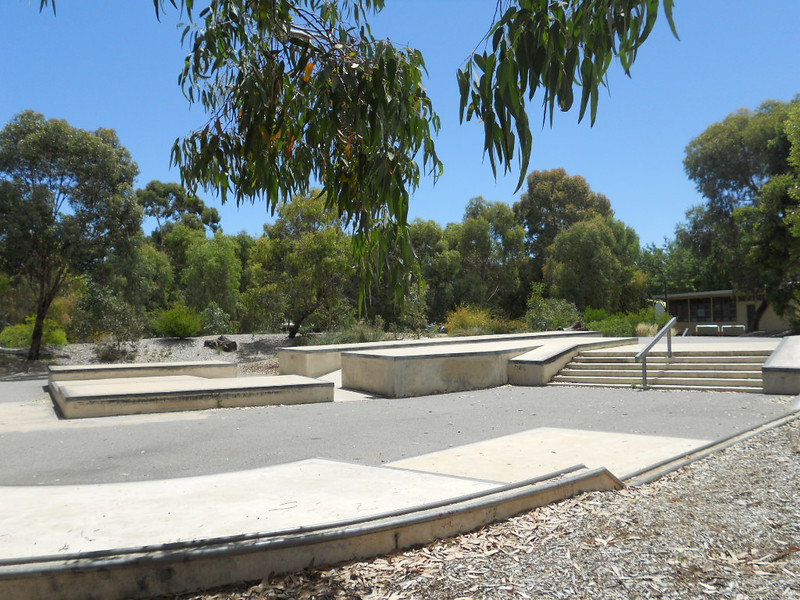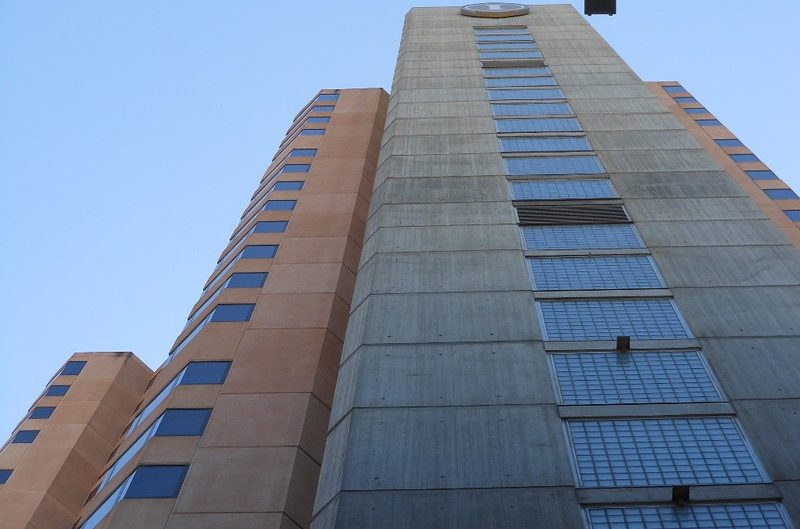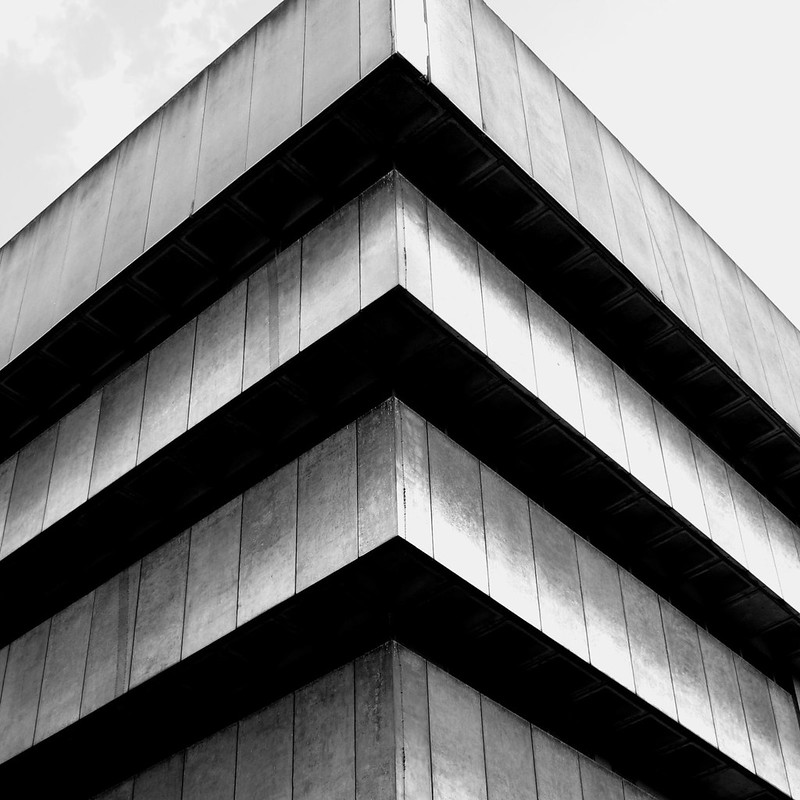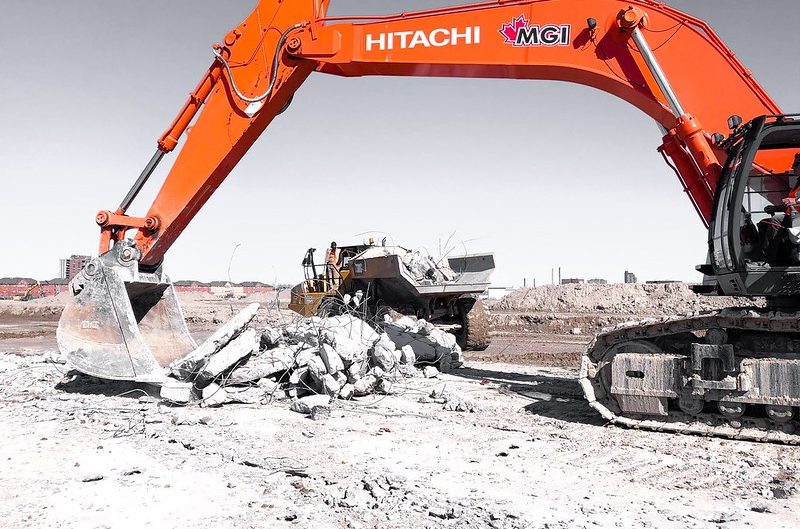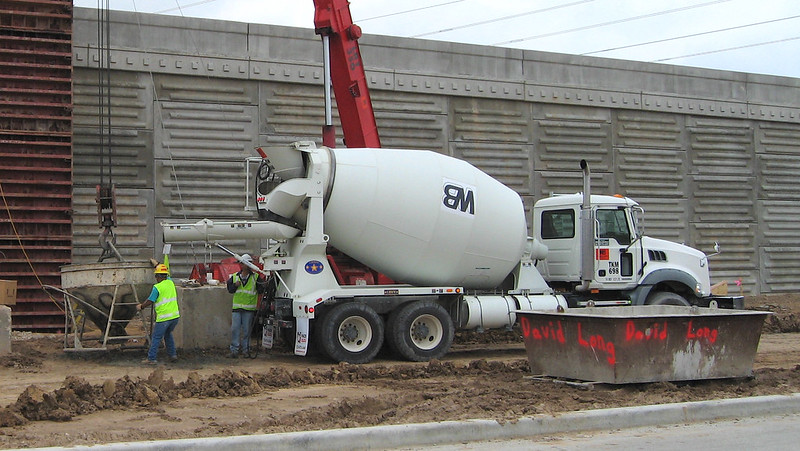The island state of Hawaii is a prime spot for real estate property. A true paradise on earth with beaches, sunshine, and incredible natural landscapes. Buying a property here is expensive, but it is a great place to own a property if you have the money. Perhaps you already own a property, or you are planning to own one, one of the things you need to know is the cost of concrete for various projects within Hawaii. You may ask, why concrete? The answer is simple – concrete is the most used building material, and whether you like it or not, you will need concrete. Better to know the cost beforehand.
FACTORS DETERMINING THE COST OF CONCRETE
Type Of Concrete Used: Concrete comes in different types and quality. All these would determine how much you have to pay. For instance, the price of ordinary concrete cannot be the same as that of high-performance concrete or ultra-performance concrete.
Location: Your location also matters when you are ordering for concrete. Although the prices are similar, it is not the same across all the major cities. So you should not expect to get the same concrete price for Oahu and Honolulu. Another area where location matters are in the delivery of concrete. Concrete suppliers usually charge for delivery based on miles, so you have to ensure that the supplier is close to your construction site for you to get the best price. It also ensures that your concrete is in the best shape when delivered, so it is a win-win.
CONCRETE COST BY TYPE OF PROJECT
The type of construction you are executing is what ultimately determines the cost of concrete. Each construction project has different standards in terms of quality of concrete that would be used for it, and this, among other factors, will determine how much you will spend on concrete. Here, we look at the different concrete projects and the price.
Concrete Foundation: Building a concrete footer is an important project that could determine the entire project’s success and failure. The average cost of installing a concrete foundation is $10.65 per square foot if a 4-inch reinforced concrete slab is used. The price could range between $9.58 and $10.65, depending on many other factors.
Concrete Patio: Adding a patio to your home could be the perfect home improvement you need. The cost of concrete installation is between $9.78 to $10.92, while the average cost is $10.35.
Concrete Stamping and Coloring: Concrete has a usually dull grey color that many people don’t find pleasant, which is why decorative concrete has become a norm. With many types of decorations available, the sky’s the limit to how you can transform your concrete. The cost of decorative concrete in Hawaii is expensive, with the average for a simple stamping design costing as much $17.89. The cost may range between $17.07 and $18.71.
Concrete Block Wall: Thinking of installing concrete walls for your building in Hawaii, then be prepared to spend between $12.59 to $15.68 per square foot. On average, you will spend $14.14.
Concrete Pool Deck: A swimming pool is a significant investment, and adding a deck is just the right way to finish off the pool. It costs an average of $8.39 per square foot to install a pool deck. With a range of between $7.37 to $9.41 for a 4-inch reinforced concrete slab, the price includes the cost of labor and rebar used for the reinforced concrete but excludes any special finishing.
Walkway or Sidewalk: A concrete sidewalk installation costs between $9.78 and $10.92 per square foot. On average, it costs $10.35.


